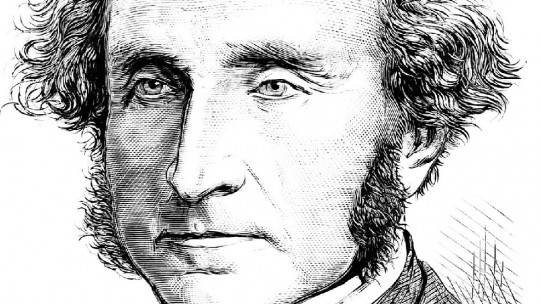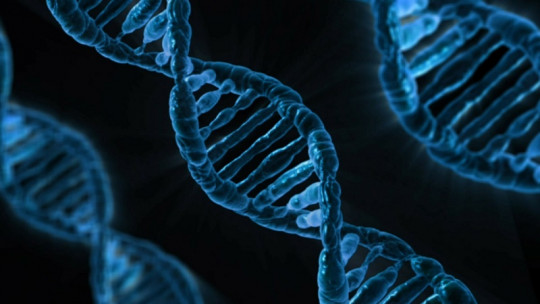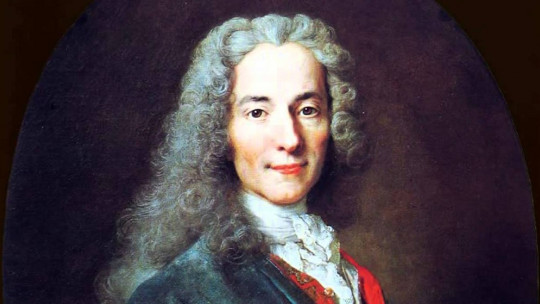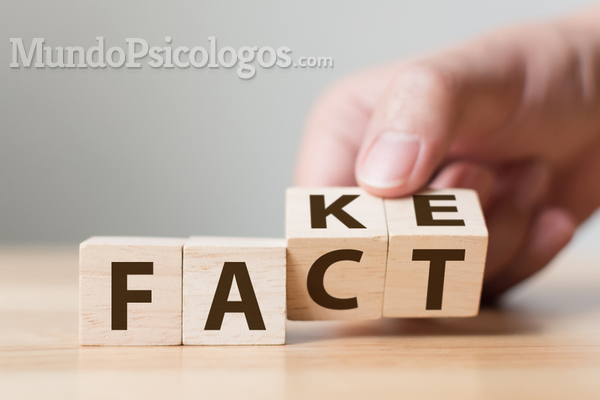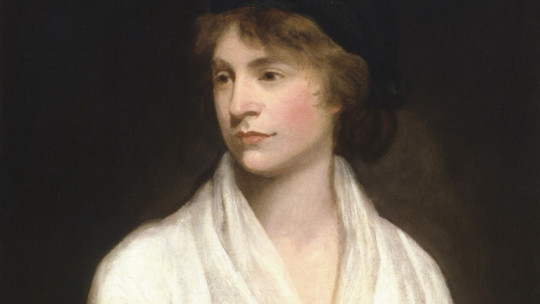
In the mid-18th century, something was changing in Europe. After the Renaissance banished religion from the center of intellectual and political life and the Enlightenment promoted the idea that education is key to forming extraordinary human beings beyond their origins and physical appearance, the following question arose: Why were women still confined to the domestic sphere?
The English writer and philosopher Mary Wollstonecraft He dedicated a good part of his time to addressing this issue of inequality and clear dominance of men over women. Her works were very influential in the development of the first wave of feminism, which emerged several decades after her death.
Below we will see what these first questions of male dominance formulated by Mary Wollstonecraft were like and how she opposed the dominant ideology of her time.
Who was Mary Wollstonecraft? Short biography
Mary Wollstonecraft was born in April 1759 in London. She soon began to experience the discomfort caused by poverty when her father spent all the family’s money, so that both she and her parents had to move from one place to another without achieving economic stability.
During his adulthood, soon She became frustrated with the difficulties women had to go through when it comes to earning a living. Western society was designed to push women toward marriage, and the creation of the family was assumed to be the vital goal of the entire female gender in general. However, Wollstonecraft did not give up: she created a school with her sisters and her friend Fanny Blood.
However, soon Blood became engaged to a man and went to live with him outside the country. This complication, together with the fact that Wollstonecraft went to Lisbon to care for her friend when her health worsened, caused the school project to fail. From this point Mary Wollstonecraft concentrated on writing, both essays and novels He died in 1797 due to a complication in childbirth.
The theory and thought of Mary Wollstonecraft
Here you can see the theoretical foundations on which Mary Wollstonecraft’s philosophy was based and that made her one of the earliest references of feminism.
1. The importance of education
Mary Wollstonecraft was totally influenced by the Enlightenment, and therefore believed in progress achieved through rationality and learning This idea, so normal in our eyes at that time, was radical if it was applied to the differences between men and women. It was assumed that all differences in interests and behavior patterns were biological, and that traditional roles were a true reflection of the “nature” of both sexes.
2. The principle of equality
Thus, Mary Wollstonecraft argued that the default option was to assume equality between the sexes and that in any case it was the defenders of the innate differences between men and women who had to provide very powerful evidence in favor of their intellectual position.
This point, together with the previous one, led Mary Wollstonecraft to completely reject Rousseau’s pedagogical approach, which from its perspective based on romanticism proposed segregation between boys and girls in schools in order to offer adapted to “naturally differentiated” characteristics.
3. Break with tradition
This philosopher explained the strong differences between the expected roles of men and women as being fundamentally due to the physical dominance of men over women chronically over generations. Thus, women are educated to accept without question a passive and helpful attitude that, naturally, distances them from the complete intellectual development that many men enjoy through the academy.
This point led Mary Wollstonecraft to question a good part of the traditions since he understood that these can be a form of oppression and that therefore they must be reviewed and adapted to human well-being.
This position, by the way, It was developed several centuries later by Simone de Beauvoir and other properly feminist theorists of the time, although Mary Wollstonecraft did not enjoy access to large amounts of information extracted through anthropology due, of course, to the time in which she lived.
In conclusion
Mary Wollstonecraft’s ideas fit very well with the liberal conception of egalitarianism. It did not go much further than the denunciation of clear impositions of men on women, such as the impossibility of having economic independence and the lack of rights in the political sphere. However, served to cast doubt on the idea that women should remain submissive for its own biology and for pointing out that traditions and traditional roles can be very harmful if they are not questioned.


